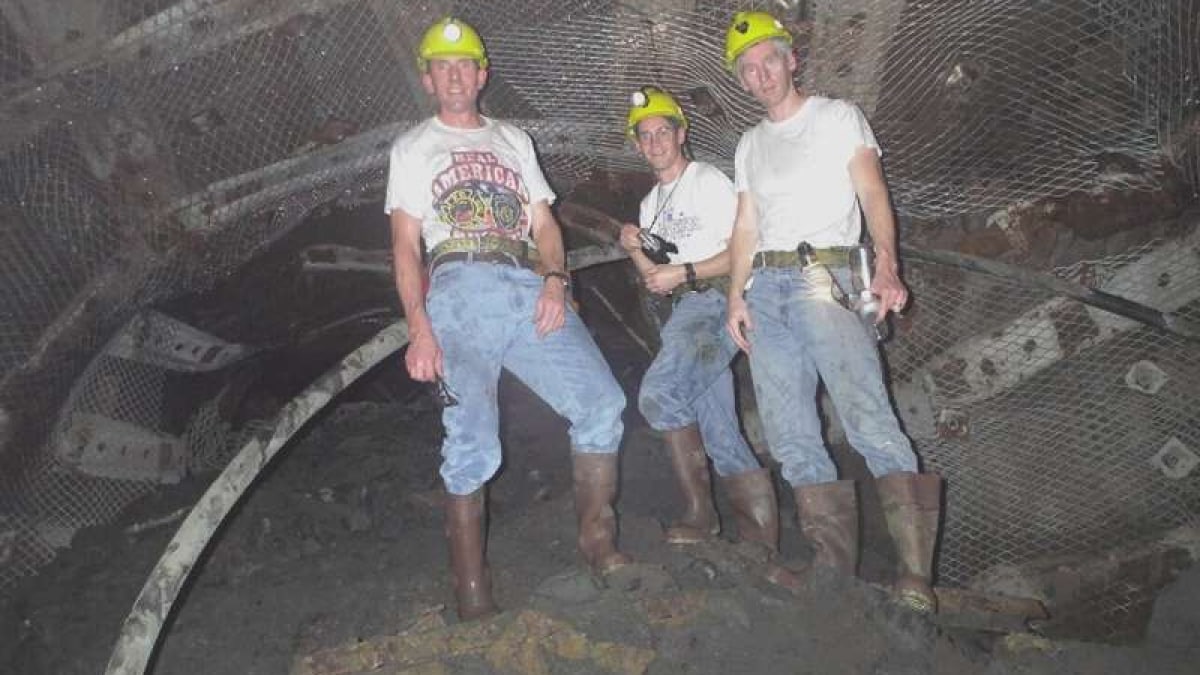A landmark global study, published in Science Advances, has revealed the extraordinary diversity of microbial life thriving deep below Earth's surface. Conducted by a team led by Emil Ruff, Associate Scientist at the Marine Biological Laboratory (MBL), the research provides new insights into life forms inhabiting depths up to 491 meters below the seafloor and as far as 4,375 meters underground. According to the study, these subsurface ecosystems rival the biodiversity found on the Earth's surface, with implications for fields such as bioprospecting, cellular adaptation in low-energy environments, and the search for extraterrestrial life.
Microbial Diversity in the Depths
The study highlights the ability of microbes in the Archaea domain to thrive in these extreme conditions, with some subsurface environments exhibiting biodiversity comparable to tropical forests or coral reefs. Speaking to publications, Ruff explained that contrary to assumptions about energy limitations at great depths, certain subsurface habitats surpass surface ecosystems in diversity.
Marine and Terrestrial Microbiomes Compared
Ruff's team conducted one of the first comparisons of microbial diversity between marine and terrestrial realms, revealing stark differences in composition despite similar diversity levels. According to Ruff, these findings suggest that selective pressures unique to land and sea create distinct microbial communities, incapable of thriving in the opposing realm.
Life at a Slowed Pace
Reports indicate that an estimated 50-80 percent of Earth's microbial cells exist in the subsurface, often in conditions where energy availability is minimal. Some cells divide as infrequently as once every 1,000 years, providing valuable insights into survival in low-energy environments. Ruff noted that understanding these adaptations could inform future studies on cellular efficiency and aging.
Implications for Extraterrestrial Research
The study also draws parallels between Earth's subsurface ecosystems and the potential for life on Mars. Ruff suggested that rocky ecosystems beneath Mars' surface may resemble those on Earth, offering a model for exploring past or surviving Martian life.
Uniform Methodology Enhances Data Comparisons
The study succeeded by employing consistent DNA sequencing protocols across over 1,000 samples from 50 ecosystems. Co-first author Isabella Hrabe de Angelis from the Max Planck Institute for Chemistry contributed significant bioinformatics expertise to the research. Ruff attributed the study's success to this uniform approach, which enabled unprecedented cross-environment comparisons.


